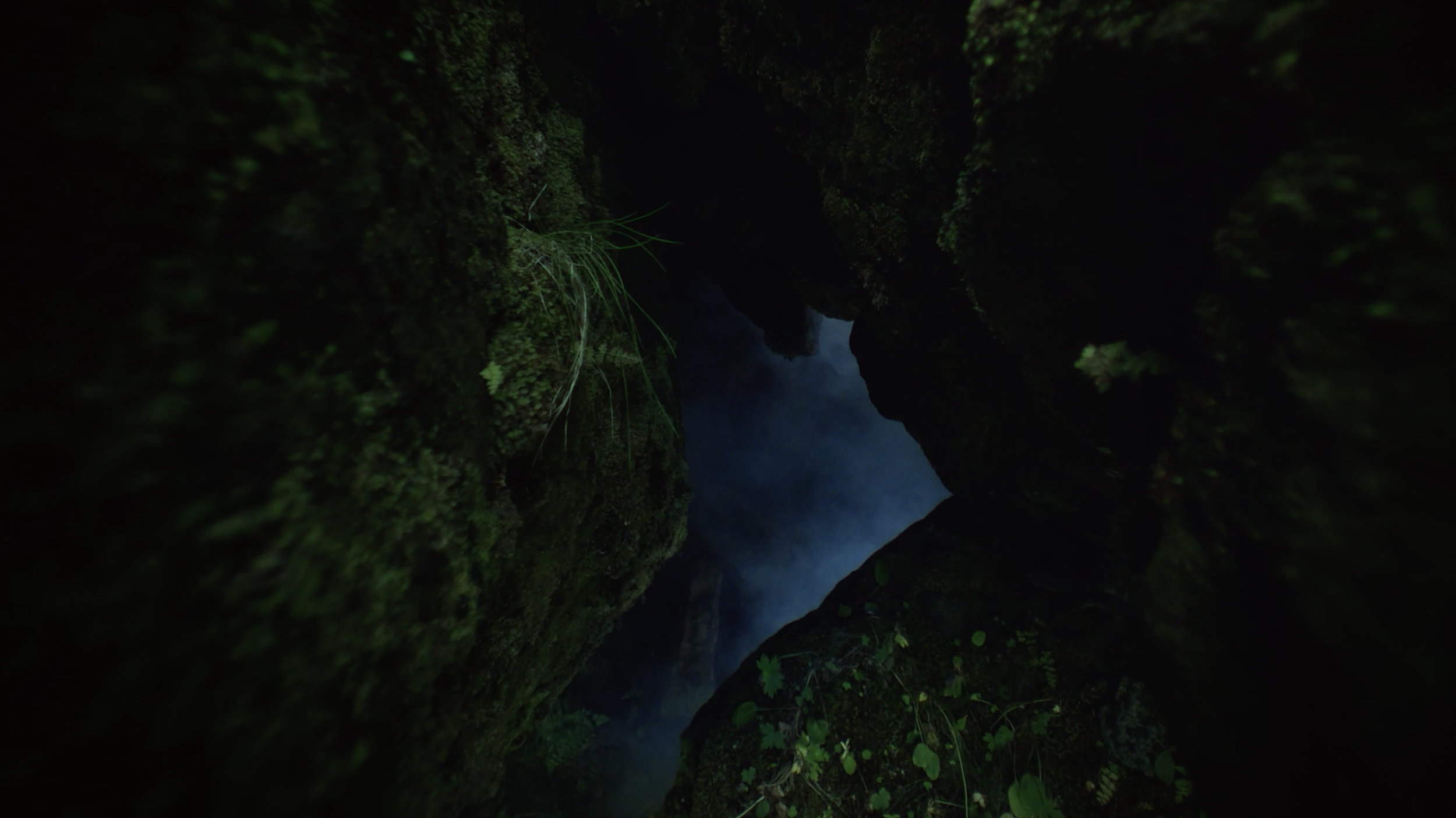
Tracing Black Holes Dynamics in AGN Disks
I am a Visiting Scientist at the American Museum of Natural History Department of Astrophysics. Alongside my colleague Andrea Mejía, I use the Pencil Code—a high order finite difference code for compressible fluid dynamics (CFD) with magnetic fields (MHD)—to simulate the migration of binary stellar-mass black holes and analyze their interactions within an Active Galactic Nucleus (AGN) disk. Together, we aim to uncover the mechanisms driving these extraordinary cosmic events.
I investigate how grid refinement influences the orbital dynamics of black holes and analyze torque evolution to better understand their migration within AGN disks. By comparing single and multi-orbiter simulations, I examine how black holes mutually affect each other’s migration, revealing AGN disks as dynamic environments where enhanced interactions and localized gas overdensities can lead to binary black hole formation.
These findings provide a compelling explanation for the elevated binary black hole merger rates observed by the Laser Interferometer Gravitational-Wave Observatory (LIGO) as gravitational waves, predicted by Albert Einstein in 1916 in his General Theory of Relativity, and suggest that AGN disks are critical sources of gravitational wave events. Through this work, I aim to bridge the gap between theoretical models and observed phenomena, uncovering the intricate mechanisms that shape our universe.
This research is supervised by Dr. Mordecai-Mark Mac Low, Dr. Saavik Ford, Dr. Barry McKernan, Dr. Wladimir Lyra, and Dr. Jillian Bellovary.
This work will be submitted as a refereed paper to The Astrophysical Journal upon completion.










